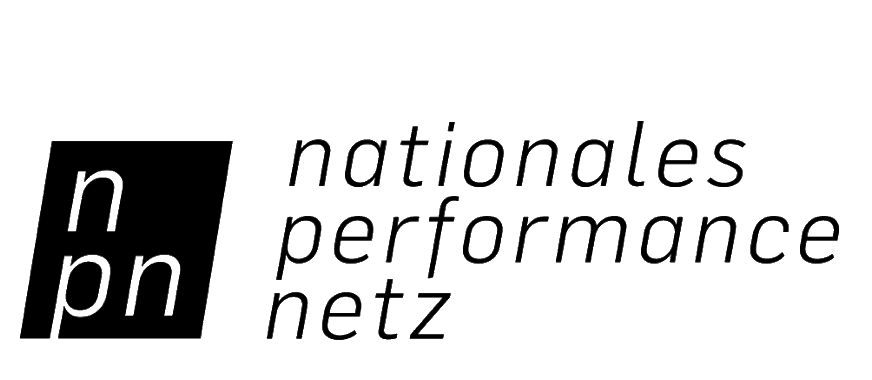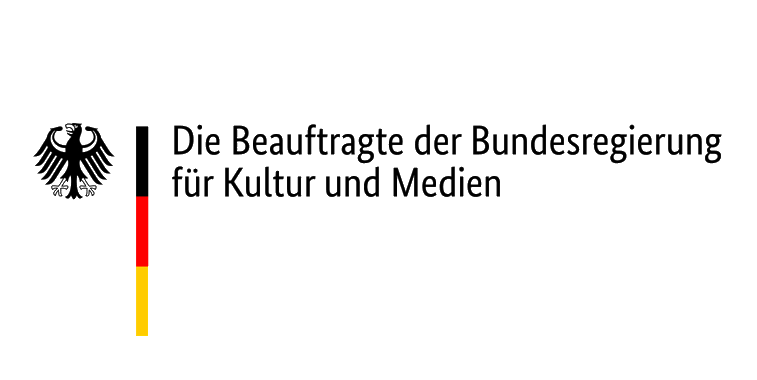Dancing Across Egypt
Shady Gries
Egyptian culture is rich with iconic dances, each with unique histories, origins, and meanings.
In Moving Margins II, Shady Gries' Dancing Across Egypt investigates Egyptian folk dance and the way in which it has been represented and transmitted to the rest of the world throughout history. He explores how traditional Egyptian dance has been affected by non-Egyptian influences and how this fusion is shaping Egypts thriving dance scene today.
From this research, Shady will create a personal practice to be shared. With a deeper understanding of his Egyptian dance heritage he is able to accurately promote the importance and evolution of Egyptian folkloric dances that have been a significant part of Egypts identity and culture. The practice will also highlight some of Egypts contemporary performance icons and their methods.
Dancing Across Egypt will demonstrate how Egypts geography has also influenced its history of dance by covering various forms of traditional folk dances across Egypt such as:
TAHTIB, a byproduct of the oldest Egyptian form of martial arts, it is a dance that has survived from Ancient Egyptian times and is still practiced widely today.
ALEXANDRIAN DANCE, a dance from the coastal Port that relies on a fast-paced footwork and movements that imitate throwing a net and reeling it in, highlighting the Alexandrian relationship with bodies of water and fish in general.
SIMSIMEIA, ISMALAYA, BAMBUTI - Dances of the Suez Canal District, all connected with the sea theme, and with the historical events passed by the suez canal, war, fishing and international trade,
Its origin can be traced to the digging of the suez canal itself, where workers were gathered
from all Egypt to dig the canal, coming from every egyptian city a mixture of tones and dances
mixing upper egyptian , alexanderian and bedouin dances and styles together.
Performed while fishing and during the cease of the canal the semismeya is a very energetic
dance style the soon became international.
Finally, Shady will give some insight into Baladi dance, Egyptian belly dance, with reference to Baladi dance historian and researcher, Nora Amin. The content of the workshop is inspired by the published work of Nora Amin, in particular a recorded interview with Nora in which she discusses her work on archiving dance in Egypt with themes including sexism, colonial influence and inclusivity. Like Amin, Shady is interested in using his art as a way of protest.
Bio: Born in Kafer elsheikh,Egypt, Shady Emad is a contemporary dancer based in Salzburg Austria. Shady began his training in 2015, taking part in the Silsilah program for contemporary dance, over the course of 3 years. During this time he also attended various national and international workshops. In 2018, he won a ‘Dancing on the Edge’ scholarship to support his participation in Henny Jurriens Studio summer intensive in Amsterdam, Netherlands. In 2019, he was awarded a ‘Danceweb’ scholarship to attend Deltebre Dansa Summer Intensive for dance, circus and performing arts in Spain. In 2020 Shady was selected for the special edition of ‘Dancing on the Edge’ online format. Shady is also the creator of Amwaj Initiative, a self funded profitraining and performance development sharing lab in Alexandria. From 2017 Shady has worked with choreographers including Mounir saed, Mohamed Fouad and Hazem Header. From 2020-2022 Shady was a full time student at SEAD, Salzburg experimental academy of dance. In 2022 he was a part of the Opera ‘Aida’ at the Salzburg Festspiele.
In Moving Margins II, Shady Gries' Dancing Across Egypt investigates Egyptian folk dance and the way in which it has been represented and transmitted to the rest of the world throughout history. He explores how traditional Egyptian dance has been affected by non-Egyptian influences and how this fusion is shaping Egypts thriving dance scene today.
From this research, Shady will create a personal practice to be shared. With a deeper understanding of his Egyptian dance heritage he is able to accurately promote the importance and evolution of Egyptian folkloric dances that have been a significant part of Egypts identity and culture. The practice will also highlight some of Egypts contemporary performance icons and their methods.
Dancing Across Egypt will demonstrate how Egypts geography has also influenced its history of dance by covering various forms of traditional folk dances across Egypt such as:
TAHTIB, a byproduct of the oldest Egyptian form of martial arts, it is a dance that has survived from Ancient Egyptian times and is still practiced widely today.
ALEXANDRIAN DANCE, a dance from the coastal Port that relies on a fast-paced footwork and movements that imitate throwing a net and reeling it in, highlighting the Alexandrian relationship with bodies of water and fish in general.
SIMSIMEIA, ISMALAYA, BAMBUTI - Dances of the Suez Canal District, all connected with the sea theme, and with the historical events passed by the suez canal, war, fishing and international trade,
Its origin can be traced to the digging of the suez canal itself, where workers were gathered
from all Egypt to dig the canal, coming from every egyptian city a mixture of tones and dances
mixing upper egyptian , alexanderian and bedouin dances and styles together.
Performed while fishing and during the cease of the canal the semismeya is a very energetic
dance style the soon became international.
Finally, Shady will give some insight into Baladi dance, Egyptian belly dance, with reference to Baladi dance historian and researcher, Nora Amin. The content of the workshop is inspired by the published work of Nora Amin, in particular a recorded interview with Nora in which she discusses her work on archiving dance in Egypt with themes including sexism, colonial influence and inclusivity. Like Amin, Shady is interested in using his art as a way of protest.
Bio: Born in Kafer elsheikh,Egypt, Shady Emad is a contemporary dancer based in Salzburg Austria. Shady began his training in 2015, taking part in the Silsilah program for contemporary dance, over the course of 3 years. During this time he also attended various national and international workshops. In 2018, he won a ‘Dancing on the Edge’ scholarship to support his participation in Henny Jurriens Studio summer intensive in Amsterdam, Netherlands. In 2019, he was awarded a ‘Danceweb’ scholarship to attend Deltebre Dansa Summer Intensive for dance, circus and performing arts in Spain. In 2020 Shady was selected for the special edition of ‘Dancing on the Edge’ online format. Shady is also the creator of Amwaj Initiative, a self funded profitraining and performance development sharing lab in Alexandria. From 2017 Shady has worked with choreographers including Mounir saed, Mohamed Fouad and Hazem Header. From 2020-2022 Shady was a full time student at SEAD, Salzburg experimental academy of dance. In 2022 he was a part of the Opera ‘Aida’ at the Salzburg Festspiele.


Moving Margins Chapter II
moving arti|facts from the margins of dance archives
into accessible scores and formats



Supported by the NATIONAL PERFORMANCE NETWORK
- STEPPING OUT, funded by the Federal Government
Commissioner for Culture and Media within the
framework of the initiative NEUSTART KULTUR.
Assistance Program for Dance.
artistic researches
Supported by the NATIONAL PERFORMANCE NETWORK
- STEPPING OUT, funded by the Federal Government
Commissioner for Culture and Media within the
framework of the initiative NEUSTART KULTUR.
Assistance Program for Dance.
© 2021 All rights reserved to Sasha Portyannikova, Nitsan Margaliot and the interviewees.

